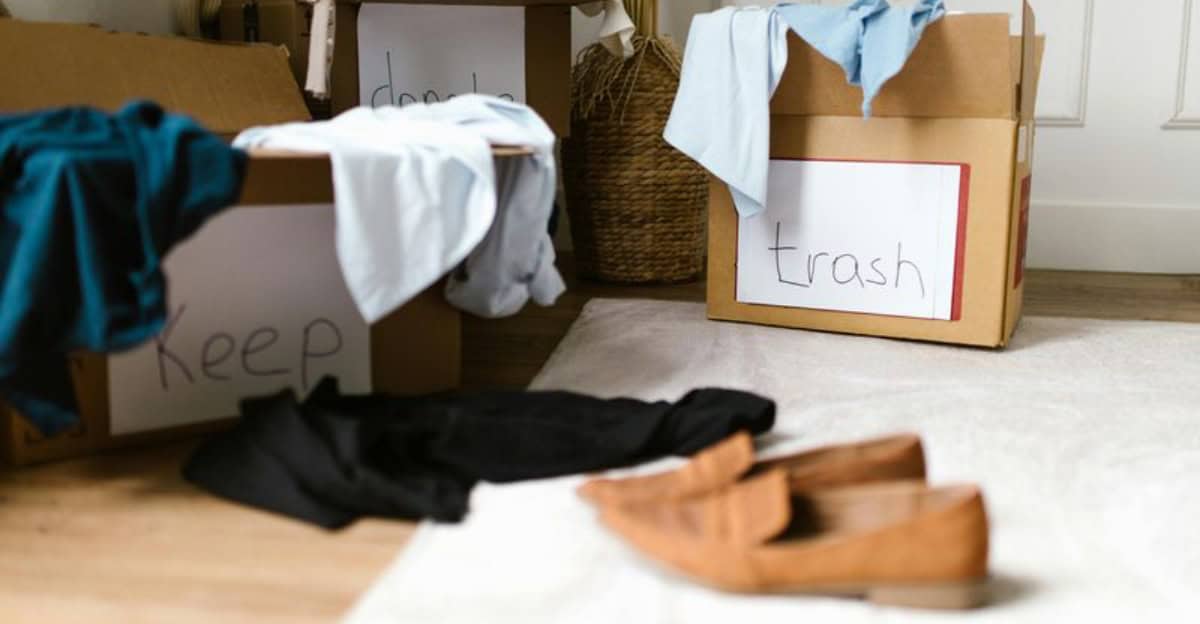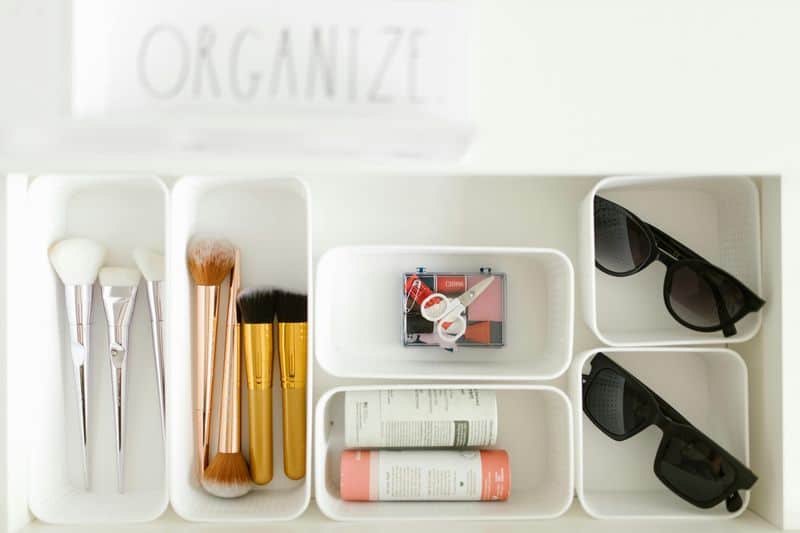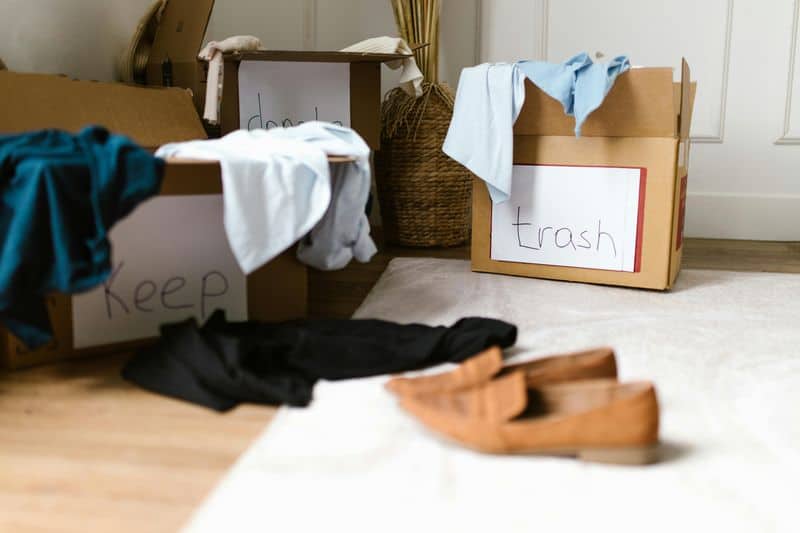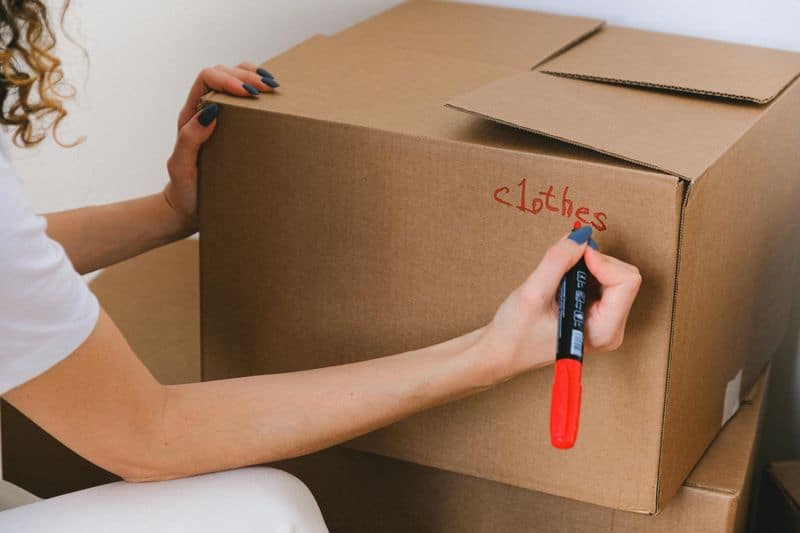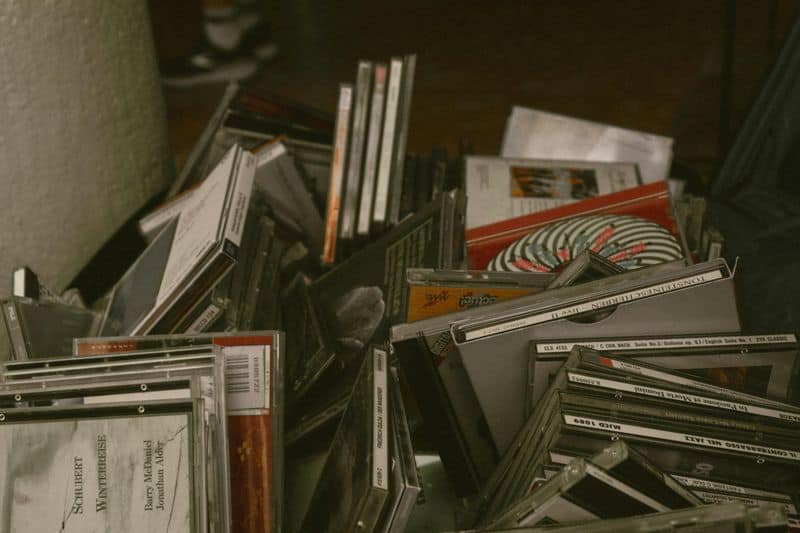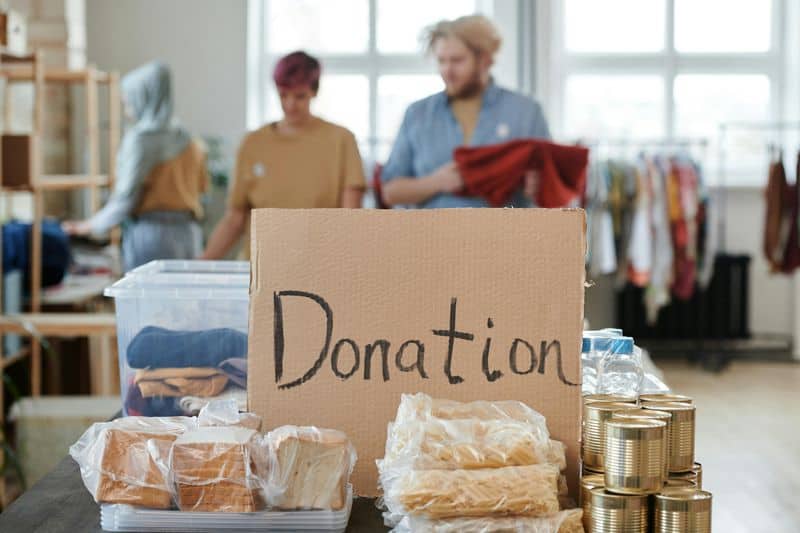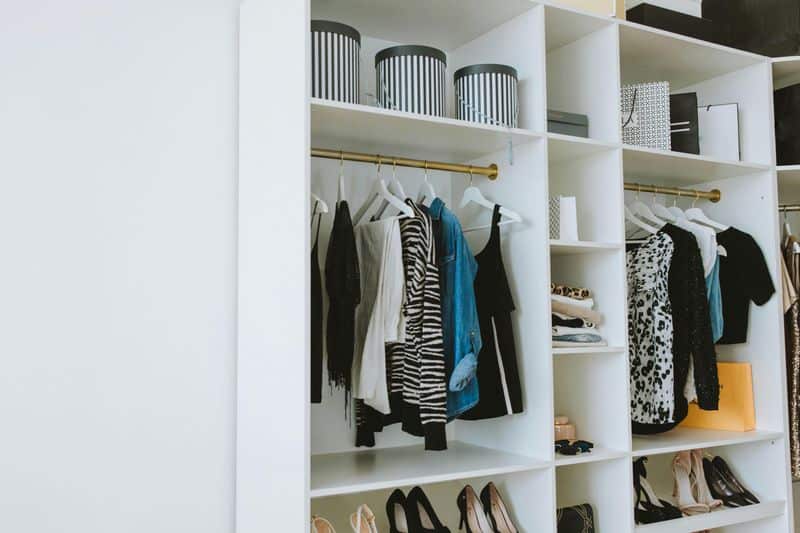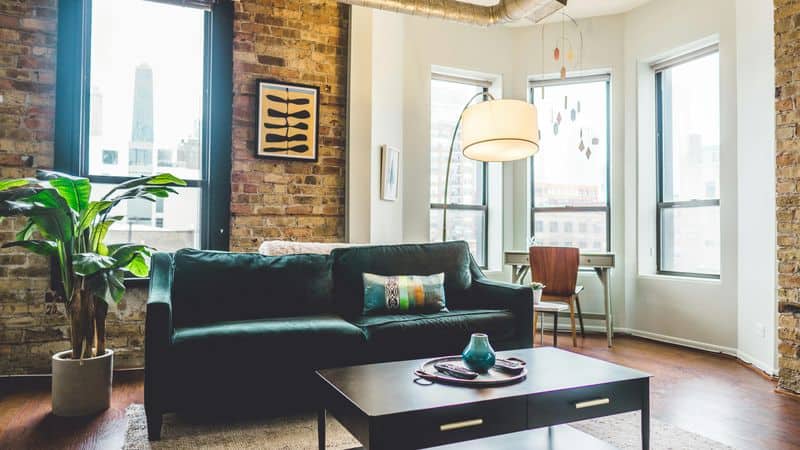For years, I’ve been bombarded by decluttering advice—“Toss it, ditch it, purge it all!” But then I stumbled upon a twist called reverse decluttering.
Unlike the typical approach, reverse decluttering isn’t about eliminating every trinket; it’s about keeping only what you actually use.
The idea is simple: don’t throw out stuff you never used (because you never miss it), but hold on tight to the things you do use until, eventually, you’re left with the excess that you don’t.
At that point, you donate or toss those unwanted extras. Intrigued? I dove right in.
1. The Philosophy Behind Reverse Decluttering
Reverse decluttering involves cherishing what’s left, not discarding. Prioritize keeping, not tossing.
Traditional decluttering often shouts, “Less is more!”
In contrast, reverse decluttering whispers, “Keep what you love, and let the rest go when it’s not needed.”
It’s like curating a personal museum where every item has a purpose—until one day you realize you have three identical spatulas you never reach for, so you finally say goodbye to the extras.
2. The Grand Experiment
Instead of purging my life of every sentimental knickknack, one Sunday afternoon, I embarked on a mission to collect every item that holds value for me.
I gathered my favorite clothes, all of my favorite jewlery, and those gadgets my boyfriend says are useless, but I swear by them.
My mantra for the day became: “The more, the merrier!”
3. Step 1: Embrace the Useful
I started by taking an honest inventory of my daily life. Which items did I reach for without a second thought?
My favorite coffee mug, that reliable notebook, and yes—the remote control that never loses its way. I decided to keep these, the unsung heroes of my everyday routine.
4. Step 2: The Pile of “Maybe Later”
Then came the stack of stuff I never used. That extra set of measuring cups? I never measured anything unless it was an eyeball estimate. A collection of chargers that didn’t fit any device? Redundant at best.
These items sat there, crowding my living space, until I realized they weren’t making any real contribution to my day-to-day life.
5. Step 3: The Bittersweet Goodbye
The final act was the hardest: parting with the extras. It felt a bit like a breakup—“It’s not you, it’s me. I just don’t need you cluttering my life anymore.”
I donated, recycled, or simply tossed out these unused duplicates. The result? A living space that felt lighter, and a newfound appreciation for the things that truly matter.
6. What I Learned (and Laughed About)
Utility Over Sentiment: Reverse decluttering taught me to evaluate my belongings based on actual use rather than nostalgia. It’s amazing how freeing it feels to say, “I don’t really need this!”
Unexpected Savings: Without a surplus of redundant items, my storage space suddenly became a well-organized haven—like a secret minimalist lair that I never knew I craved.
A Sense of Humor is Key: There’s something inherently funny about hoarding a stack of things you never use. I ended up chuckling at my own absurdity and the realization that my “stuff” was only as valuable as the role it played in my daily routine.
7. Final Thoughts
Reverse decluttering isn’t just a method; it’s a mindset shift. It’s about holding on to what truly adds value to your life and having the courage (and humor) to let go of the rest.
If you’ve ever found yourself surrounded by piles of “what ifs” and “maybe laters,” give reverse decluttering a try.
Who knew that a little practicality could transform not just your home, but your outlook on life?
In the end, the process left me with a simpler, more efficient space. So here’s to loving what you use and finally saying goodbye to what you don’t!

